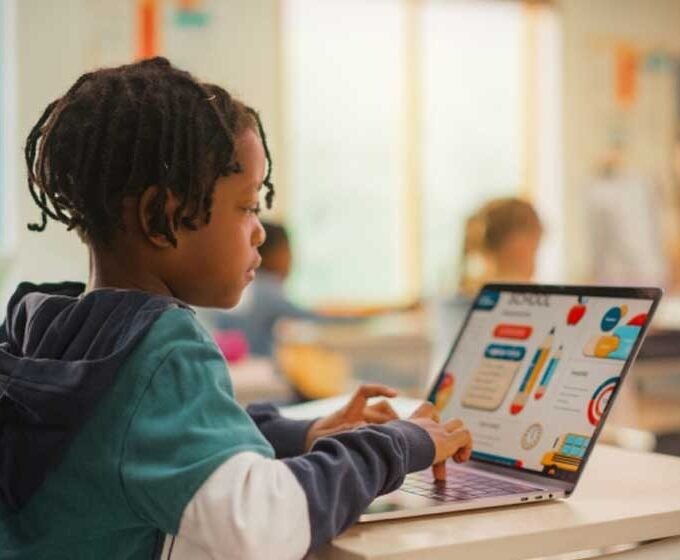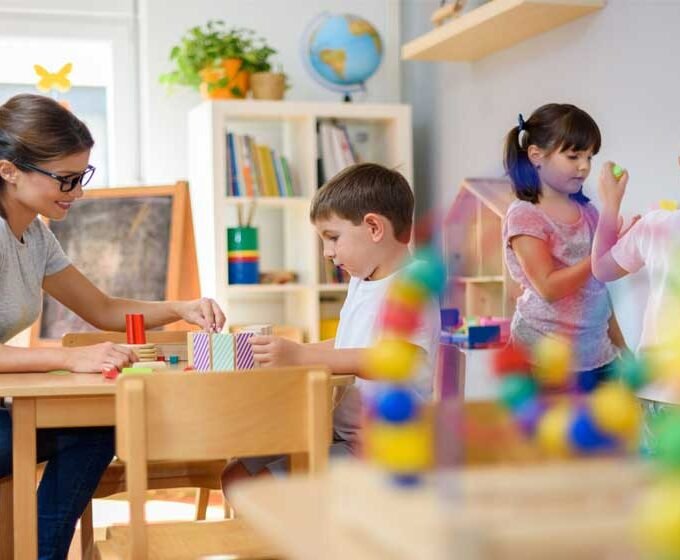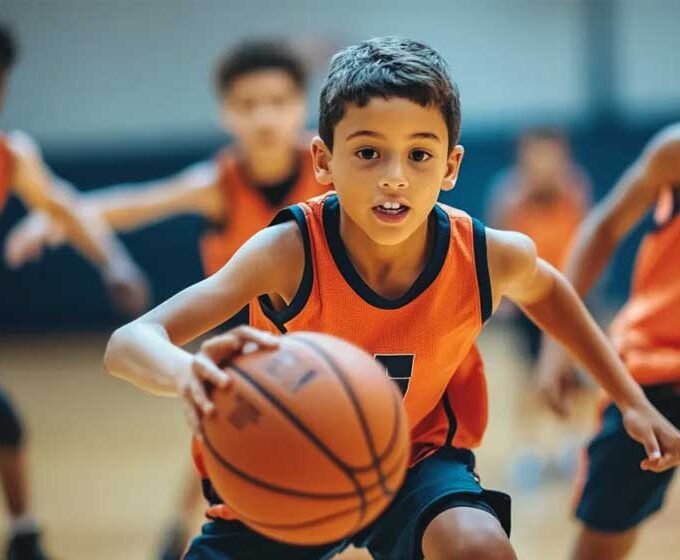When it comes to education, every child learns differently. While classroom learning lays the groundwork, it doesn’t always provide the tailored support that some students need to grow.
One-on-one tutoring is not just for those who are falling behind but for any child who could benefit from extra encouragement, clarity, and confidence.
In the early years of schooling, especially between Kindergarten and Year 2, this kind of personalised support can make a lasting difference.
It’s a time when children are developing core literacy and numeracy skills, and the strength of that foundation often shapes their success throughout their schooling journey.
What is the reality of classroom learning?
With classrooms often filled with 20 or more students, even the most dedicated teacher can only offer so much one-on-one time. Lessons must move forward to keep up with the curriculum, which means there’s limited time to revisit concepts or tailor the pace to individual students.
In this environment, some children are too shy to ask questions or too unsure to speak up when they don’t understand. Others may grasp content quickly and feel unchallenged, leading to boredom or disengagement.
While classroom learning offers structure, it can’t always adjust to every student’s unique learning needs or pace.
How does tutoring bridge the gap?
Tutoring offers a personalised learning experience that focuses entirely on the individual student. The pace, content, and approach are all tailored to how the student learns best. A tutor can provide the space, time, and support to make it happen, whether a child needs help understanding specific topics or wants to extend their skills beyond what’s covered in class.
Tutoring offers focused support and immediate feedback. This helps students clarify difficult concepts and boosts their confidence in a safe, low-pressure environment.
Why does early support (K–2) matter most?
Kindergarten to Year 2 is when children develop the building blocks for all future learning. Early literacy and numeracy skills set the tone for how students approach schoolwork in later years. Gaps formed during this stage can be difficult to close, but strong early foundations create confident learners.
Early tutoring is also for emotional resilience and a positive attitude towards learning. Children who feel successful in the early years are more likely to stay motivated, ask questions, and persist through challenges as they grow.
What is the long-term impact of personalised support
One-on-one support allows students to build effective study habits, develop independent thinking, and understand how they learn best. These skills are valuable well beyond the classroom.
When tutoring is introduced early and maintained consistently, students are better equipped to handle the increasing demands of school. As they move through upper primary and into high school, they face more complex subjects, larger class sizes, and higher expectations.
With personalised support behind them, these transitions become less overwhelming.
What is the role of secondary tutoring in academic growth?
As students enter high school, learning becomes more subject-specific, and assessments become more demanding. This is where secondary tutoring plays a critical role.
It provides support in subjects like maths, English, science, and humanities, helping students stay on top of content and prepare for exams.
Beyond academics, secondary tutoring also helps students manage stress, build confidence, and stay motivated. Tutoring offers structured guidance every step of the way.
What makes a great tutor?
A great tutor brings patience, adaptability, and empathy into every session. The right tutor understands how to connect with students and bring out their best, whether it’s a qualified teacher with classroom experience, a subject-matter expert with industry knowledge, or a high-achieving university student.
Effective tutors personalise their approach, break down complex ideas, and create an environment where students feel supported and empowered to grow. They’re mentors and motivators.
Final thoughts
Tutoring and classroom learning are not in competition and work hand-in-hand. While classrooms provide structure and social learning, tutoring offers the individualised attention many students need to reach their full potential.
Parents can give their children the best possible start by introducing tutoring early, especially in Kindergarten to Year 2. By continuing that support into the secondary years, students gain the tools and confidence to succeed not just in school, but in life.
















